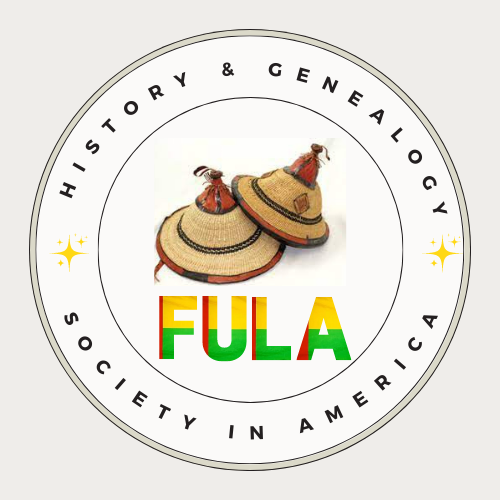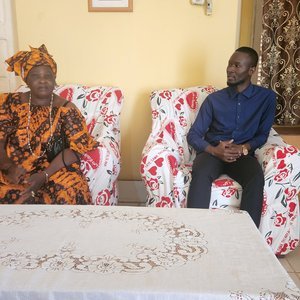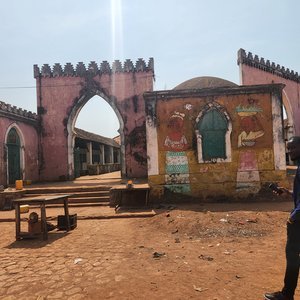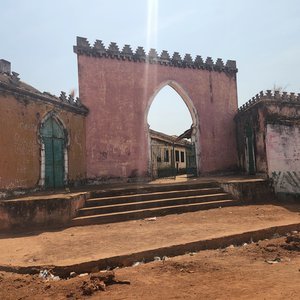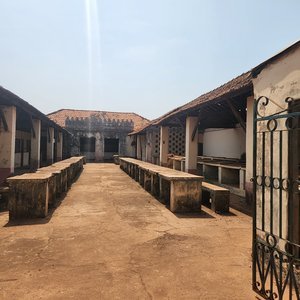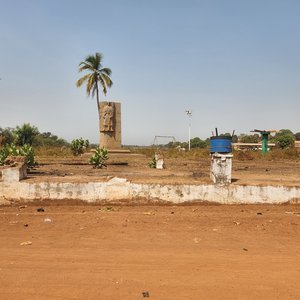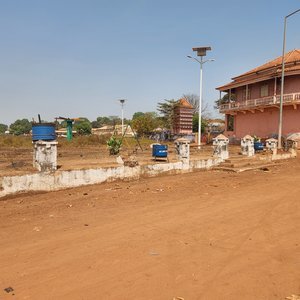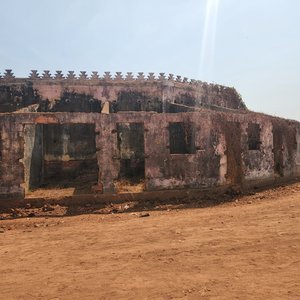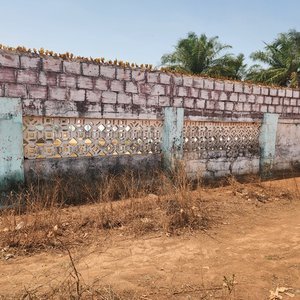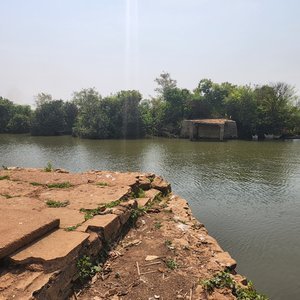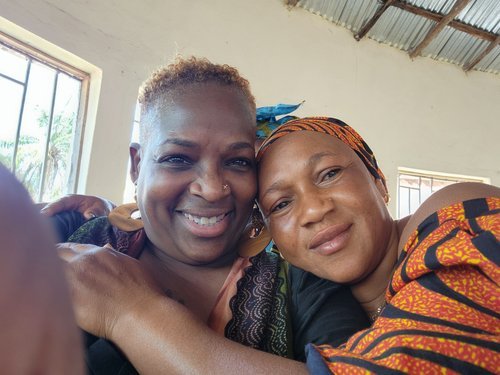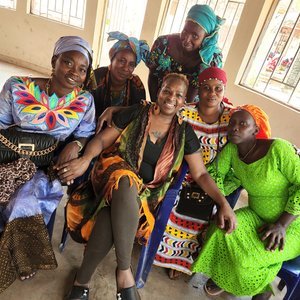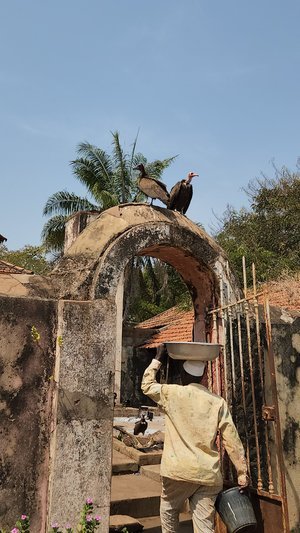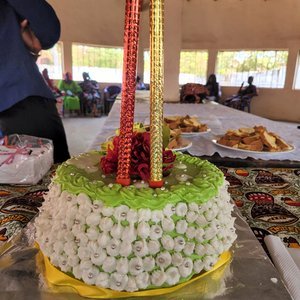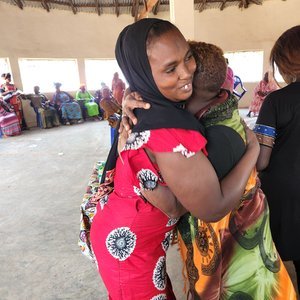I was born at 11:05am on February 5, 1963. Sixty years later, on that very day, I was riding in an air-conditioned SUV on a rugged unpaved red dirt road heading to the village of my maternal Fula ancestors, in Bafata. The blood lineage was proven through African Ancestry DNA testing.
“We compared parts of your maternally inherited DNA (mtDNA) to that of people from around the world, to look for matches. Using the largest set of African mtDNA samples available today, we found identical, 99.7% matches for you with the mtDNA of Fula people. This means that at some point in the 500-2,000-year history of your maternal lineage (mother to mother to mother) there was a Fula woman.”
These are direct quotes from the letter I received from African Ancestry. Along with all the scientific data, and a certificate.
“Everyone on your entire maternal lineage, from the past and into the future shares ancestry with this groups/bloodline.”
Groups in this context, meaning the DNA sequence patterns. What I understood this to mean is that my mother’s mother’s mother’s, mother and so on…back over hundreds of years…survived the passage. SHE didn’t die, SHE didn’t jump overboard, SHE wasn’t killed…she survived the passage! Now of course over the years of being enslaved, her bloodline was mixed with a little bit of this and that and this again through years of rape, and breeding. But her original pure bloodline was that of the Fula tribe of Guinea Bissau, West Africa. There are Fula tribes concentrated throughout the 54 countries on the continent of Africa, but my DNA, specifically leads to Guinea Bissau. This makes logical sense, because the transatlantic slave trade took place on the western coast of Africa.
It was a three-hour ride to the Fula village, and we stopped midway to stretch our legs and snack. At one point we even drove through the town where Daiana’s parents were born and where she spent her early childhood. As we got closer to arriving, I couldn’t help but think that I was taking my great great-great-great-great however many greats, grandmother (and all my female ancestors begat because of her) back to her village, the village and people she was stolen from. I didn’t know what to expect. All I knew was that Siphiwe had made arrangements or the visit, and they were expecting me. I was the third descendant who had found and made their way to visit the village from the diaspora. I heard the music before I saw them as we pulled up. In the video below, you will hear me ask Siphiwe as I’m getting out of the car, “Can I hug them?” Siphiwe answered, “You can do anything you want.” What happened next is hard to put into words, that’s why I’m so happy that I could show you the actual scene (Thank you Siphiwe for the video) when I arrived, because words wouldn’t do it justice.
After a warm, embracing welcome I was ushered into the main village building where I sat across from a beautiful elder woman, and handsome young man both whom I was told are heads council of the village. There was a language barrier of course, however Daiana is a masterful interpreter. After pleasantries were exchanged, I was given a tour around the small village. I learned the village was once a thriving location. But over the years for multiple reasons, the village is just a fraction of what it used to be. The marketplace and pool need to be completely renovated. Most importantly a bridge needs to be built to connect the village to neighboring communities.
After the tour, we returned to the main building. This time we walked through it and into an open court area, then into another building. There, I discovered a feast had been prepared, and I was escorted to a table of honor. Throughout the afternoon, we feasted, took pictures, and danced a lot! Siphiwe did a special dance for the occasion. I was sung to, and a beautiful young teenager painted my hands with henna art. My 60th birthday, spent at my ancestral Fula village was AMAZING!!
My nonprofit organization, Fula History & Genealogy Society in America, was birthed from my experiences and time spent visiting Guinea Bissau, West Africa. The work of FHAGSIA includes locating, educating Fula/Fulani descendants in the diaspora. The main goal being to cultivate a center/village for our tribe here in America to meet, build, create, organize, fundraise, and connect to our village in our home country. There is much work to be done for my Fula village in order to thrive once again, but the potential is there, and the possibilities endless.
The next evening, as I settled into my seat, on Royal Air Maroc airlines headed to Egypt, I looked down at my hands and smiled. I had come to my homeland as an African American, not knowing what to expect. I was now leaving my homeland, as a Fula American, knowing exactly who I AM, and my purpose. Would my time in Egypt prove to be confirmation of that purpose? Stay tuned…

